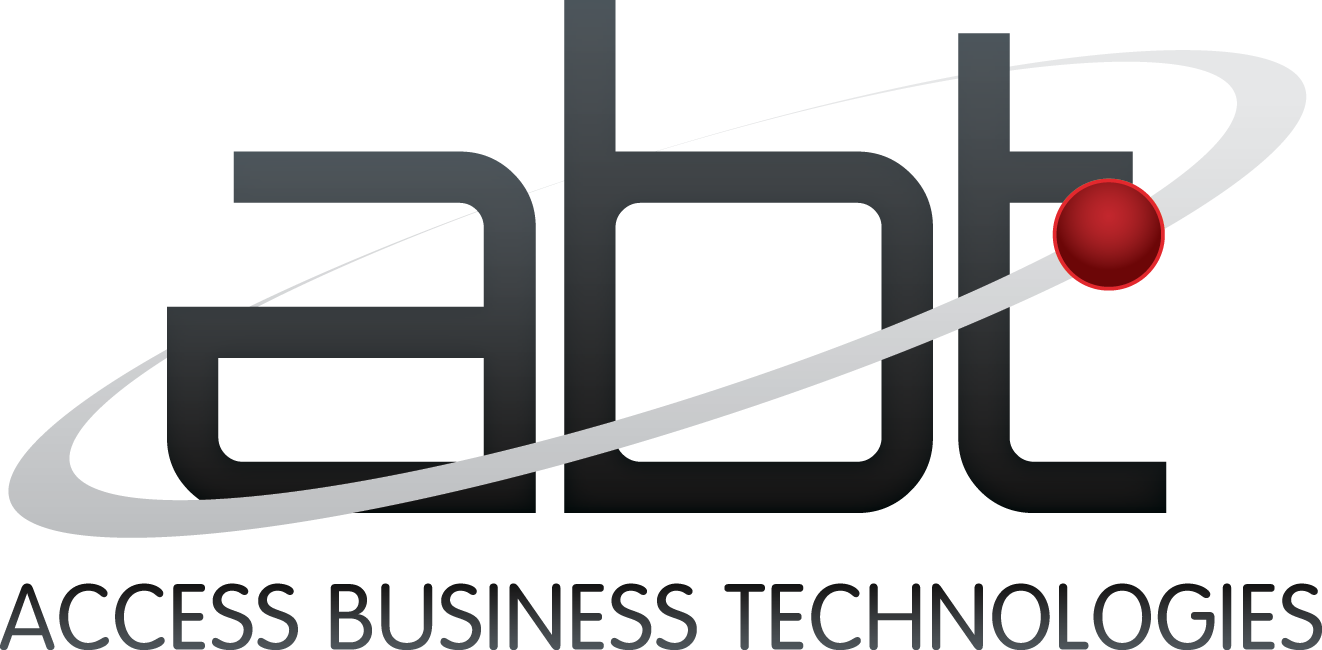 Choosing a new digital direction for your company.
Choosing a new digital direction for your company.
Have you heard of ‘disruption’ yet? It’s a popular buzzword in business growth management. Every company from tech to finance is trying to be ‘disruptive’. Disruption is a catchy way to describe taking extreme action to reverse a business downslide, break through a plateau, or generally shake things up.
The main focus of disruption in the business world is getting out of a rut by implementing new and innovative solutions. With a spotlight on efficiency through technology, this kind of disruption usually means undergoing a digital transformation. In the finance world, a digital transformation has a lot of moving parts. Let’s take a look at how to successfully implement digital transformation at a mortgage company.
Benefits & Obstacles of Digital Transformation
Implementing a digital transformation means leveraging technology to tackle challenges or achieve a better outcome. The focus is on moving away from traditional solutions and towards emerging technologies as a way to profoundly transform the way the company is organized, handles processes, and does business. The impact of a digital transformation is huge because it is meant to make every task more efficient for employees and customers. By using a mix of digital technologies, daily work processes are captured and later analyzed to make intelligent decisions about the future of the company.
The main obstacle for a mortgage company looking to implement a digital transformation is cybersecurity. When data is recorded and shared across platforms, the danger that sensitive lender or borrower information will be leaked is higher during migration due to changing permissions settings and administrative transition times. The mortgage industry also makes use of third-party contractors for services and this can be a cybersecurity weakness as well. When tackling digital transformation, the first step for a mortgage company is to fully research system options that have sufficient precautions against data breach and unauthorized access. Choose only from systems that are fully versed on risk management and the stringent regulation compliance demands of financial institutions. For mortgage companies, this often means finding a product specifically designed for handling sensitive mortgage-related information.
Evaluate Your Company
The second step to ensuring a successful digital transformation is to honestly evaluate your company before choosing a new system. Whether you are choosing a commercial off-the-shelf (COTS) option or custom-building your mortgage solution, you need to do an old-fashioned strengths-weaknesses-opportunities-threats SWOT analysis. This will help you to pinpoint internal disconnects and state how the legacy systems in place have helped or hindered your company thus far.
Look for functionality that fully leverages finance-related technologies to make your company more agile. Plan on innovations that allow you to be more streamlined, customer-friendly, and data secure. A successful digital transformation goes beyond mere disruption and results in increased efficiency across the board.
Plan an Implementation Roadmap
Once you have established cybersecurity precautions and evaluated your digital capabilities thus far, it’s time to make a roadmap that will guide the digital transformation process. Bring in a variety of stakeholders from brokers to board members to clients so that your internal and external limitations become visible. Gain buy-in and accountability by involving employees at various levels and keeping everybody aware of what stage in the process is next. Though digital transformation tends to be a process of continuous optimization, having full transparency during the initial disruptive overhaul will give your mortgage company a clear end goal and time to adjust to the “new normal”.
Don’t Forget the Human Element
Clearly your IT department will have a large influence on the final decision of your digital purchases. Still, it’s important to remember the human element in choosing a system that works. A digital transformation for a mortgage company is supposed to help the broker, the accounts analyst, and the borrower alike. The point of having a dynamic digital system is so that your mortgage company can function with less silos and more collaboration. Be sure that enhanced communication components are at the forefront of the system so that a new culture of interactivity can be fostered from the digital level up.
To read more about innovative digital solutions for mortgage companies and the award-winning MortgageWorkspace platform, visit myabt.com.
Image: Unsplash
-1.png?width=142&name=ABT-Logo_2016%20(transparent)-1.png)









